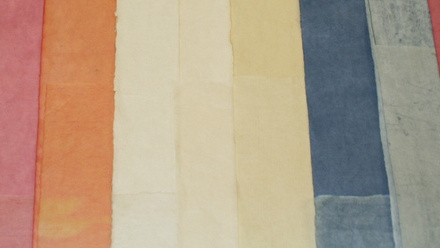In October 2018, I travelled to Premia de Mar, just north of Barcelona, for a three-day workshop on inpainting. This workshop was based at Rita Udina’s paper conservation studio and was run by her and Amparo Escolano Mena, both private paper conservators. They were assisted by Claudia Callau Buxaderas, a conservator who has recently been employed by Rita.
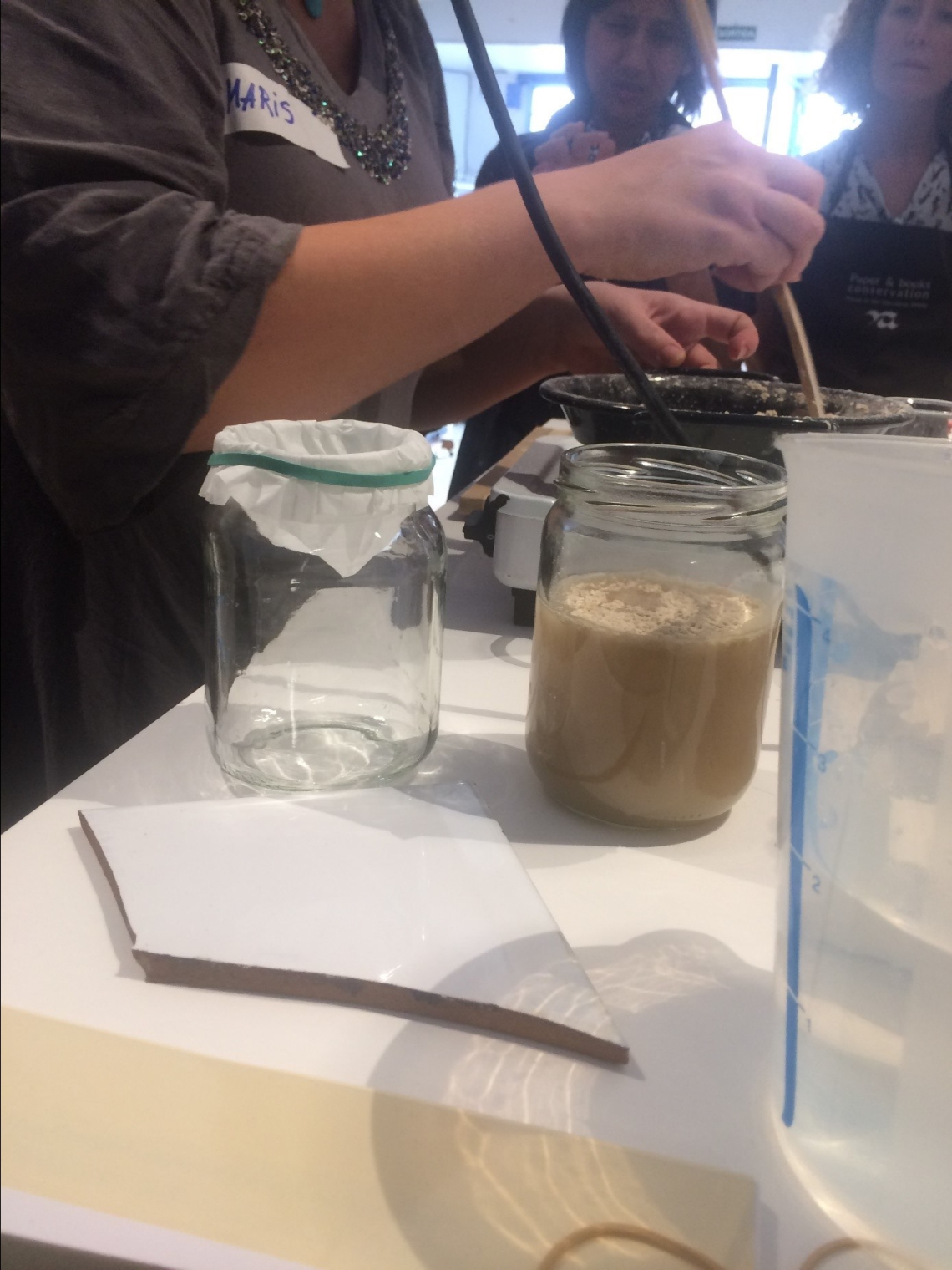
Being able to look around someone else’s conservation studio was an interesting experience, as the space was very well organised and equipped. Rita was a very generous host in showing us around her space and sharing her experiences.
There were 10 class participants, a mix of conservators from institutions and private practise. It was a very international group, travelling from Europe, the Philippines, America, and Canada. Part of the pleasure of the course was learning a bit about everyone’s background and the sharing of relevant conservation dilemmas and solutions.
Each day we stopped for an amazing lunch at a local café, which gave us opportunity to extend our conversations.
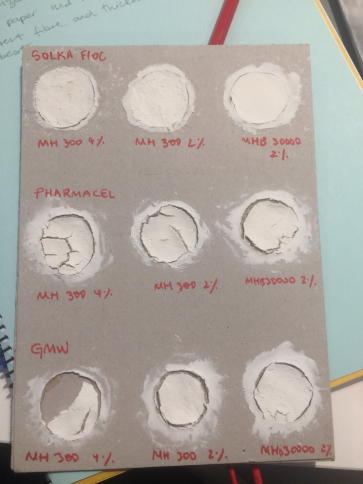
The course was a good mix of theory, materials preparation, and practical workshop time to experiment with new techniques. The theoretical topics included ethical considerations, colour theory, criteria for infilling, and many case studies with slides supplied by Rita and Amparo.
During the material preparation sessions, we first watched a demonstration then practiced making our own samples. Over the course of the workshop we prepared cellulose powders in various tones, coated papers, toned paper pulp, and created silicone moulds for replicating surfaces.
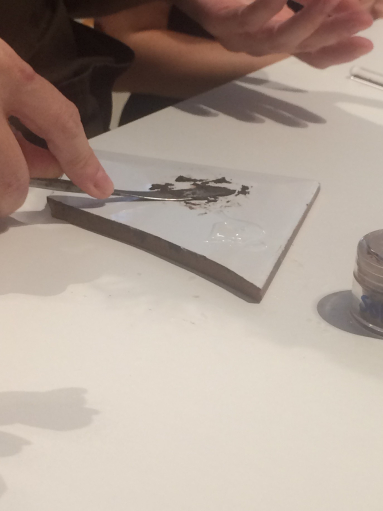
We were then encourages to experiment on our own with the samples, filling areas using cellulose powder, practise toning with different tools and mediums, and replicated surfaces prior to inpainting.
There was a plentiful supply of materials and equipment for the whole group to use.
I found particularly useful the chance to experiment with toned cellulose powder, having never before had the opportunity to use it. It seems like such a versatile material, useful in many different forms and to great effect, once the techniques are mastered.
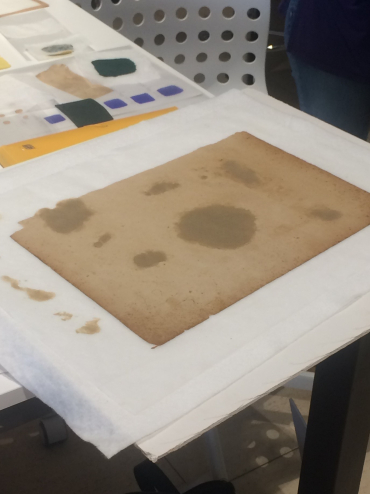
During the workshop, we made samples of toasted powders to achieve various tones, sprayed films of powder, and applied the wet powder using a variety of different tools. Amparo amazingly smuggled in from Miami a huge Ziploc bag of the white powder for each of us to take away! And I can confirm that I carried it without issue in my cabin bag back to the UK.
Our tutors provided a very comprehensive reading and suppliers list covering every aspect of the course. The suppliers list turned into a wider debate between the delegates, being international, on the best providers of conservation equipment and materials within different continents. The conclusion was that we are very lucky now to have eBay (eBay Inc.) and Amazon (Amazon.com Inc.). These allow direct access to affordable materials and equipment as well gaining and adapting tools and materials from other industries.
If there had been more time, it would have been interesting to see the tutors demonstrate more inpainting and loss compensation, themselves as they did with material preparation as they are so experienced in this area. I hope to put aside time to practise what I learnt on yet more samples to hone my skills.
Thank you so much to the Anna Plowden trust, Icon Book and Paper group and Tate for making it possible to attend this dynamic three days of learning.

